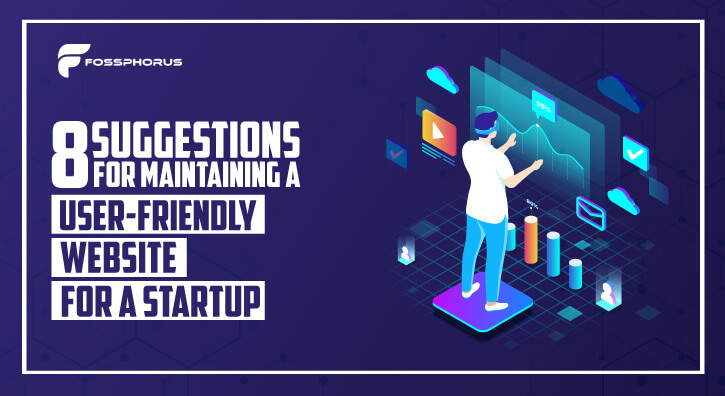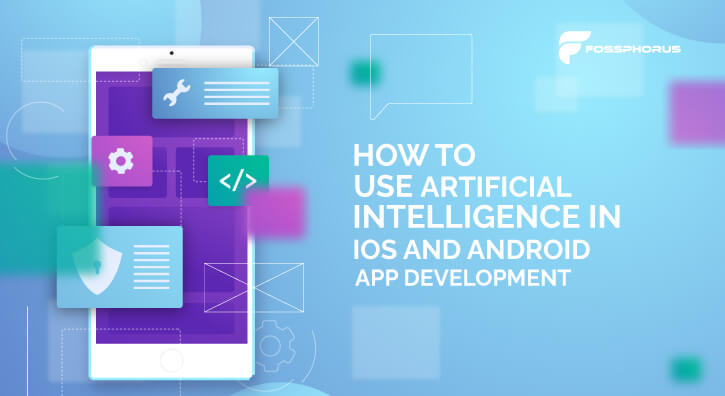BLOG Detail
Methods for Picking the Best Stack for Web Development: A Quick Guide
04 October 2024
06:01 AM

Indeed, web development has become an essential aspect of establishing a successful online presence for both businesses and individuals. However, with the vast array of programming languages, frameworks, libraries, and tools available, selecting the best stack for a web development project can be a daunting task. And you know it… Making the wrong choices can result in compatibility issues, poor performance, and limited scalability, ultimately impacting the success of your website.
You don’t want that… right???
So, whether you're a business owner seeking to create an e-commerce platform, a developer starting a new project, or an enthusiast curious about the world of web development, this guide will provide valuable insights to help you make informed decisions.
Let's delve into the fascinating world of choosing the best tech stack for development.
Tips and Tricks to Choose the Best Stack for Web Development
Choosing the right web development stack is an important choice that can have a substantial effect on your project’s success. The stack, comprising programming languages, frameworks, and databases, forms the foundation of your web application.
It affects compatibility, scalability, developer productivity, maintenance, and costs. Let’s see how to select full-stack development services or just stack that can ensure seamless integration, and optimal performance – with the ability to adapt and scale as your project evolves.
1. Understand Project Requirements
First thing first… if you think picking up the best stack can be a daunting task; you can always opt for full stack web development services near you.
Further, before diving into selecting the best stack for web development, it's essential to understand your project requirements. Consider the type and complexity of the application, scalability needs, performance requirements, target audience, and any specific technical constraints or preferences.
2. Evaluate Programming Languages
The choice of programming language impacts the development process, performance, and available resources. Evaluate popular web development languages like JavaScript (Node.js), Python, Ruby, PHP, and Java. Assess their strengths, weaknesses, community support, ecosystem, and compatibility with your project requirements.
3. Explore Frameworks
Well, frameworks provide pre-built components and libraries that simplify web development. Research and compare popular frameworks like React, Angular, Vue.js, Django, Ruby on Rails, Laravel, Spring, and Express.js. Consider factors such as community support, ease of use, documentation, learning curve, scalability, and available plugins or extensions.
4. Database Selection
Databases are vital for storing and managing application data. Evaluate different types of databases, such as NoSQL databases (MongoDB, Cassandra) and relational databases (MySQL, PostgreSQL). Consider factors like data structure, scalability, performance, ease of use, and integration capabilities with your chosen stack.
5. Server-Side vs. Client-Side Rendering
If you really want the best stack for web development, then knowing the difference between server-side and client-side rendering is really important.
Decide whether you prefer server-side rendering (SSR) or client-side rendering (CSR) for your application. SSR generates HTML on the server and delivers it to the client, while CSR generates HTML on the client side using JavaScript. Consider factors like performance, SEO-friendliness, interactivity requirements, and complexity when choosing between SSR and CSR.
6. Consider APIs and Third-Party Integrations
Evaluate the need for integrating external APIs including payment gateways, mapping services, and social media platforms. Ensure that the chosen stack has robust support for interacting with APIs and supports the required integrations. Research the availability and quality of third-party libraries or SDKs for your stack.
7. Scalability and Performance
Assess the scalability and performance requirements of your web development project. Consider factors such as load handling, concurrent user support, caching mechanisms, and the stack's ability to scale horizontally or vertically. Evaluate the performance benchmarks and case studies of the frameworks and technologies you're considering.
8. Community Support and Documentation
A vibrant and supportive community is a crucial aspect of the best stack for web development. Explore online communities, forums, and documentation resources for the technologies you're interested in. Consider factors such as active development, community size, responsiveness, and availability of learning resources like tutorials, blogs, and video tutorials.
9. Developer Skill Set and Learning Curve
If you want to outsource your web development project, don’t forget to evaluate the skill set of full stack development services provider and their familiarity with the technologies you're considering. Assess the learning curve associated with each stack and determine if the team has the required expertise or if additional training will be necessary.
All you need to do is search full stack web development services near me… and you will find the help.
10. Consider Backend and Frontend Integration
Efficient communication between the backend and front end is crucial for seamless web application development. Ensure that the chosen backend and frontend technologies can integrate smoothly. For example, if you're building a JavaScript-heavy frontend, consider backend options that offer robust APIs, such as Node.js. Evaluate compatibility, data exchange formats (e.g., JSON or XML), and available tooling for backend-frontend integration.
11. Evaluate Security and Maintenance
Security is paramount for any best stack for web development. Consider the security features and practices supported by the technology stack. Look for frameworks and libraries with built-in security measures, such as input validation, protection against common vulnerabilities, and secure authentication mechanisms. Additionally, evaluate the long-term maintenance requirements of the stack, including the frequency of updates, community support for security patches, and the availability of skilled
12. Cost Considerations
Consider the cost implications of your chosen stack. Assess factors such as licensing fees, hosting requirements, infrastructure costs, and any additional expenses associated with using specific technologies or frameworks.
Wrap Up…
Choosing the best stack for development is a crucial decision that can significantly impact the success of your project. You can make a well-informed choice that aligns with your project requirements and goals by following the methods and considerations outlined in this comprehensive guide.
Keep in mind that the technology landscape is ever-evolving, and staying updated with emerging trends and advancements is crucial. Regularly reassess your stack choices to make sure they are aligned with your project's needs and industry standards.
Ultimately, with careful evaluation, thorough research, and a thoughtful approach, you can confidently choose the best stack for your web development endeavors. This sets the foundation for building robust, scalable, and successful web applications that meet the needs of your users and contribute to your overall business objectives.
BTW, if you have been looking for the best stack for web development for quite a long time now and you think you cannot manage this on your own – Get in touch with full stack web development services provider Fossphorus. Their team provides flawless full-stack development services that too at an affordable rate.




